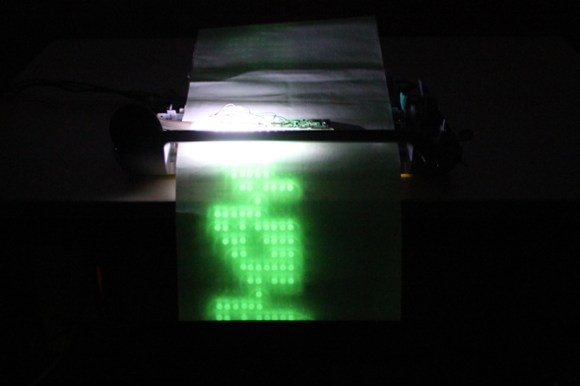Stephen Wolfram, inventor of the Wolfram computational language and the Mathematica software, announced that he may have found a path to the holy grail of physics: A fundamental theory of everything. Even with the subjunctive, this is certainly a powerful statement that should be met with some skepticism.
What is considered a fundamental theory of physics? In our current understanding, there are four fundamental forces in nature: the electromagnetic force, the weak force, the strong force, and gravity. Currently, the description of these forces is divided into two parts: General Relativity (GR), describing the nature of gravity that dominates physics on astronomical scales. Quantum Field Theory (QFT) describes the other three forces and explains all of particle physics. Continue reading “Wolfram Physics Project Seeks Theory Of Everything; Is It Revelation Or Overstatement?”


















